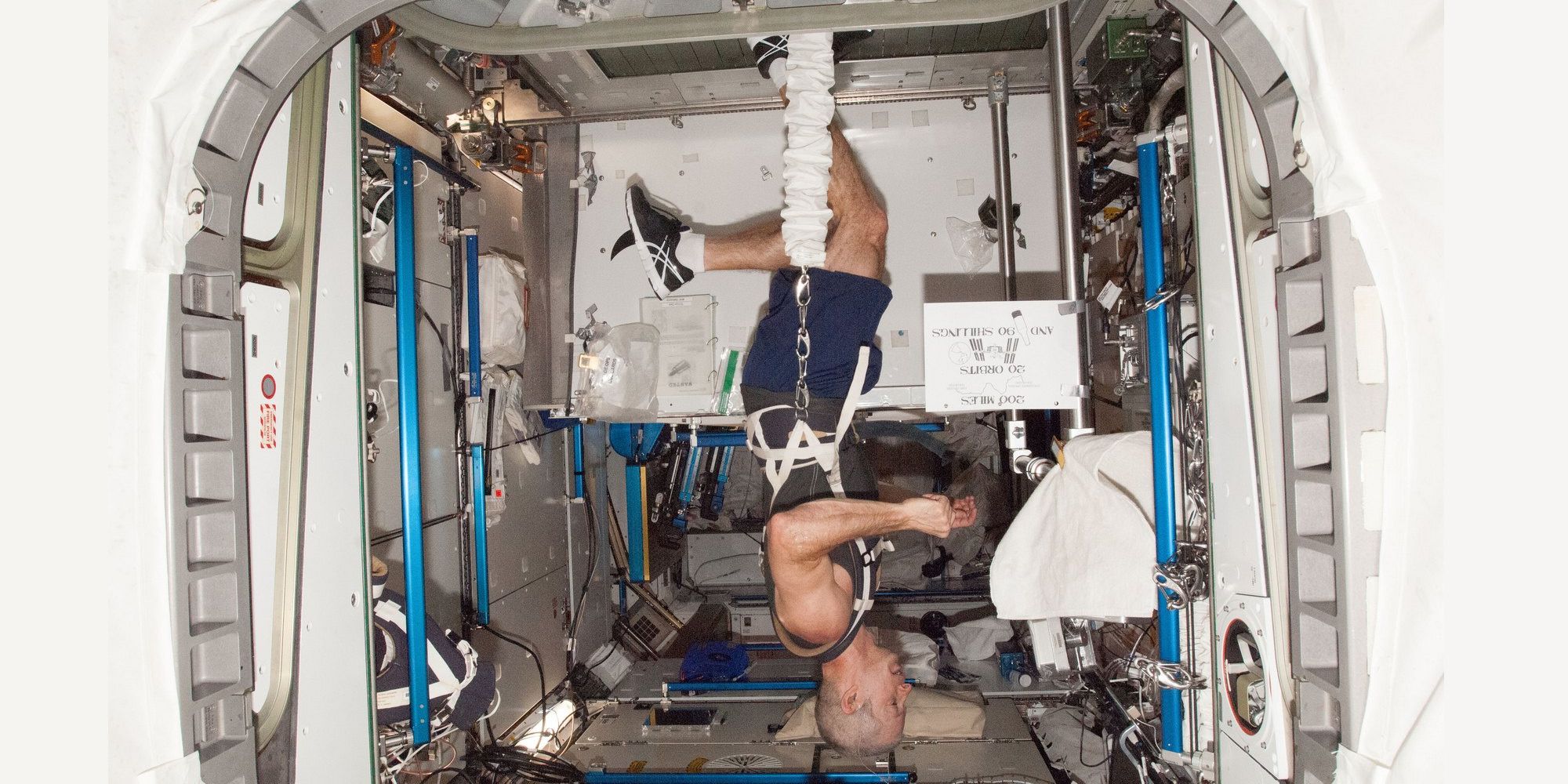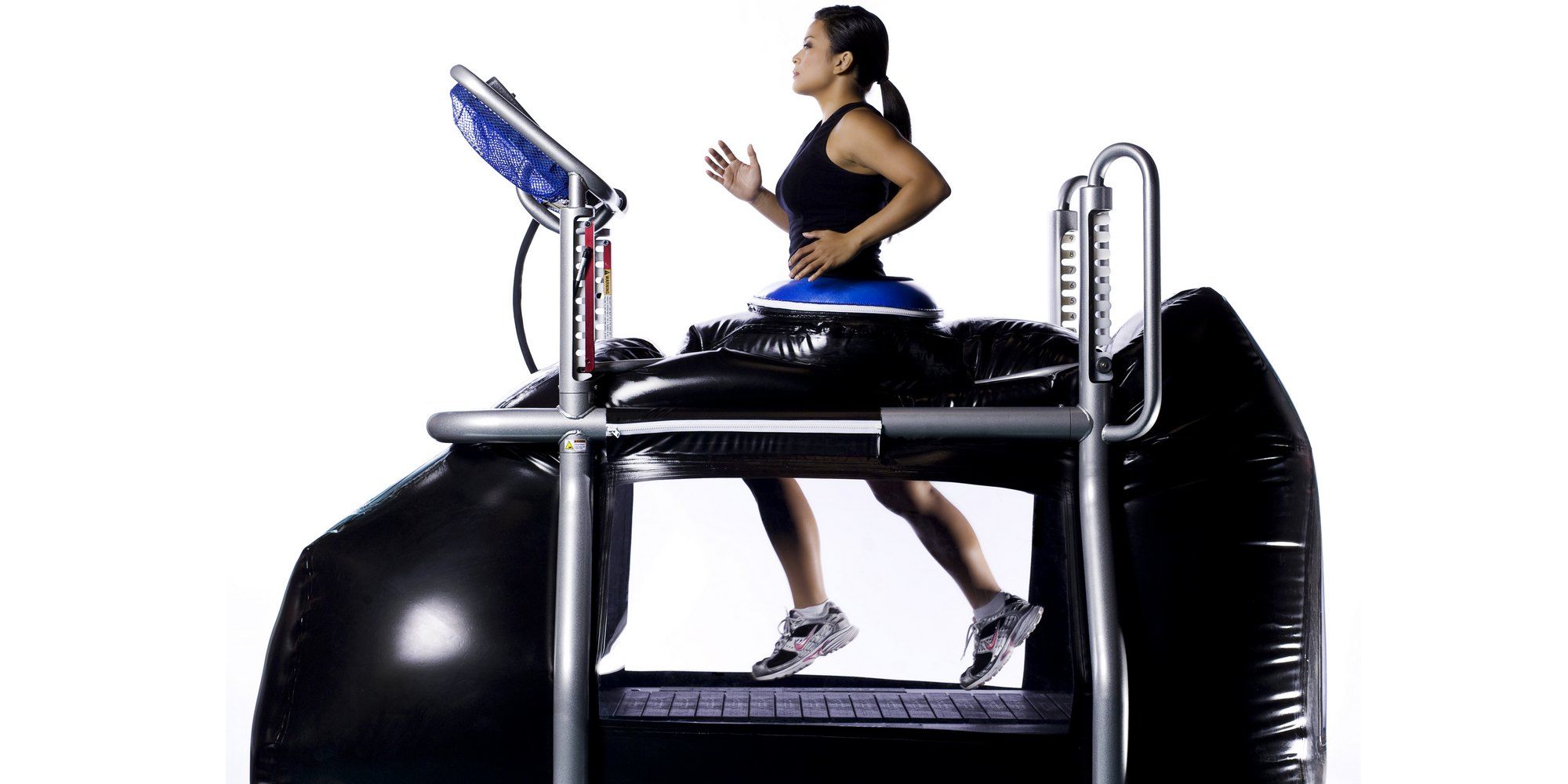The European Space Agency has shared a video of astronaut Thomas Gautier Pesquet running on a treadmill aboard the International Space Station while attached to bungee cords and in a rather odd orientation than what one would expect to see here on Earth. In the microgravity of space, astronauts have to follow a rather unique fitness regimen where workout equipment has to be modified and exercise postures are tweaked to adjust to the weightlessness they experience in space. Workouts are of utmost importance in space as the physical risks astronauts face include decreased bone density and loss of muscle mass.
To counteract those health problems, astronauts follow a strict exercise regimen that includes working out for at least a couple of hours each day on average. As for the equipment at their disposal, the International Space Station has been equipped with three types of machines — the COLBERT treadmill, a bicycle called Cycle Ergometer with Vibration Isolation System (CEVIS), and a weightlifting machine named the Advanced Resistive Exercise Device (ARED) that has been equipped with two vacuum cylinders to simulate free weights. When human settlements eventually happen on the Moon or Mars, these fitness devices will have to be modified accordingly with surface gravity values.
In the video shared by ESA on Instagram, French astronaut Thomas Pequet can be seen attached to bungee cords that act as a harness and simulate resistance so that astronauts do not fly away and feel the strain on their body for a real running workout experience. Pequet likened the treadmill experience to ‘running with a backpack of your own weight’ and added that instead of legs, it is the shoulders and hips that feel the real physical stress in this scenario. These astronauts actually go through extensive testing in simulated conditions on Earth with these machines to get used to them before they go into space for a trip aboard the space station.
Running In Space Is No Easy Feat
Named after comedian Stephen Colbert, the bungee cords attached to the COLBERT treadmill hold an astronaut’s feet to the surface. Interestingly, astronaut Sunita Williams ran the Boston Marathon remotely on the station’s treadmill for the entire 26.2-mile length while strapped to these cords in 2007. The COLBERT treadmill actually comes equipped with an advanced vibration suppression system so that it doesn’t shake up the rest of space station parts, especially the delicate experiments being carried out in other areas. Other regions of the space station have a bunch of other exercise machines such as the VELO Ergomoeter Bike and the BD-2 treadmill in the Russian segment.
As far as running goes, the COLBERT treadmill allows astronauts to run in a speed range of 4.8 to 20 km/hr. The bungee cord is attached to multiple hooks whose number can be changed to increase or decrease the load astronauts feel on the body. The speed and intensity of a treadmill session are controlled by a set of protocols designed by trainers on the ground. Thanks to new NASA research led by Robert Whalen, the agency has designed what is called an ‘Anti-Gravity’ treadmill that proposes using differential air pressure to mimic the effects of gravity by sealing the lower body in an airtight enclosure and provide a more natural running experience compared to being strapped with a harness.
Source: ESA / Instagram


